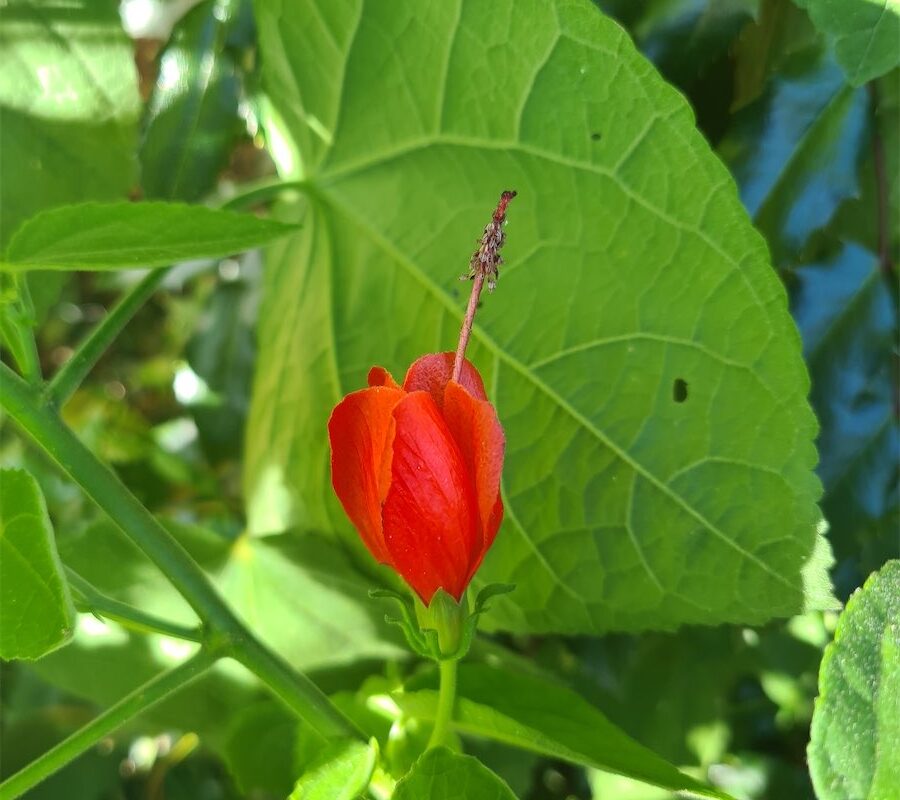
St Andrew’s Presbyterian church, at 1 State Circle, Forrest, one of Canberra’s oldest buildings, is celebrating its 90th anniversary. NICHOLE OVERALL looks at the proud history of the cathedral that wasn’t.
The image is thoroughly early Canberra: against the backdrop of an open plain, a stone spire reaches to the heavens as a farmer leads a horse along the red dirt road running below, the gentle hill upon which the grand church sits, adorned by sheep.

And so it is that the angular, neo-gothic St Andrew’s Presbyterian church is one of the national capital’s oldest buildings, synonymous with the development of the city and even referred to as “the light on the hill”.
“It’s definitely had a significant influence on the life of Canberra and in national life,” says senior minister, the reverend David Campbell.
“St Andrew’s was originally to be a cathedral and while that didn’t eventuate, it was intended as the Presbyterian church of Australia, considered one of the most prestigious in our history and the congregation of great influence in the wider church.”
Presbyterians were some of the earliest Christians to arrive on the Limestone Plains. The first place of worship was a simple slab hut at Lyneham from the 1860s (later St Ninian’s).
Recognising growing need, Gundaroo had appeared at a similar time and this year is celebrating its 150th anniversary, Queanbeyan’s St Stephen’s in 1874.
The “exertions” of the denomination’s first minister to Canberra, the very reverend Dr John Walker, led to the acquisition of a site of five acres (two hectares) – large enough to host a cathedral – in the heart of the Parliamentary Triangle.
It was 1924, the same year the federal cabinet met for the first time in the capital, at the Yarralumla Homestead.
Following the opening of Parliament House, in 1929 the foundation stone for the national Presbyterian church was laid by the Governor-General Lord Stonehaven.
Funded by donations from around the country, it would take five years before the official opening took place. On the evening of September 22, 1934, almost 1000 people were in attendance – including the minister for the interior and federal member for Eden-Monaro, John Perkins.
No less than a golden key was used to open the main door and “kept in perpetual trust for the congregation as a memento of the event”.
A visit by the Duke of York elicited the response of the church itself that it was “symbolic of the high destiny of the Australian nation” and in 1969, the very first service to open parliament was held at St Andrew’s.
The architectural structure was not as large as initially intended – resources scarce due to two world wars and a Great Depression in between. Further extensions continued to occur with a smaller entrance completed in 1978, including a new nave.
Among St Andrew’s notable features are stained glass windows crafted with a unique technique that creates a highly realistic shadowing of faces. It also has a manually-operated bell tower that commemorates “motherhood”.
Its organ, featuring 1140 pipes, was one of the first of its kind in Australia. This has a connection to a man “at the centre of Canberra bureaucracy for nearly 50 years”, Charles Daley, secretary of the Federal Capital Commission (precursor to the National Capital Development Commission).
In 1934, Daley was appointed honorary organist of St Andrew’s. Over the next 17 years he became “an indispensable figure in the musical life of the church”.
Other prominent members of the congregation include Australia’s longest-serving Prime Minister, Robert Menzies, and former Governor-General David Hurley.
In another element revealing of Canberra’s early journey, before the Australian War Memorial was built in 1941, the Warriors’ Chapel, featuring a rare outdoor pulpit on the exterior wall, was used for Anzac Day dawn services.
“It was constructed in honour of Presbyterians who fought in World War I and one of my favourite areas, a little church in its own right,” says David Campbell.
Passionate about his charge, he says there is much opportunity and engagement to come for St Andrew’s.
“It’s an immense honour to have been called by the congregation to be their minister and I’m very optimistic that our future is bright,” he says.
St Andrew’s 90-year anniversary will be celebrated with a Back to St Andrew’s weekend, starting with a dinner on Friday, September 20. The following day there will be a heritage tour and the weekend will culminate in a church service on Sunday, September 22 – 90 years to the day that St Andrew’s was opened. The public is invited to both the tour and the worship service.
Who can be trusted?
In a world of spin and confusion, there’s never been a more important time to support independent journalism in Canberra.
If you trust our work online and want to enforce the power of independent voices, I invite you to make a small contribution.
Every dollar of support is invested back into our journalism to help keep citynews.com.au strong and free.
Thank you,
Ian Meikle, editor








Leave a Reply